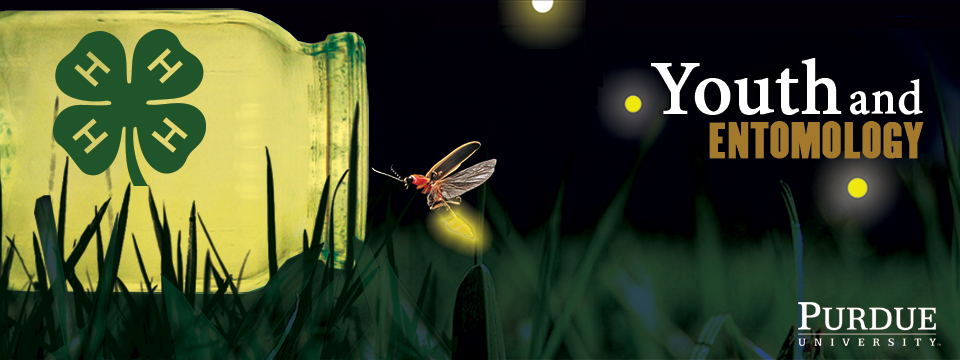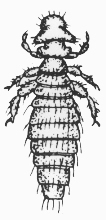| Mallophaga - chewing lice |
|
Chewing lice attack all kinds of wild and domesticated birds and many common mammals. The eggs are glued to the feathers or hair of the host. Chewing lice are most often collected directly from the host. Standard precautions must be taken when handling animals to prevent transmission of diseases to humans. |
 |
||||||||||||||||
|
|
|||||||||||||||
|
Purdue Extension Entomology, 901 West State Street, West Lafayette, IN 47907 USA, (765) 494-4554 Department of Entomology | College of Agriculture | Extension © Purdue University | An equal access/equal opportunity university | Integrity Statement | Copyright Complaints | Maintained by ENTM IT Trouble with this page? Disability-related accessibility issue? Please contact us at entmwebmaster@purdue.edu so we can help. | ||||||||||||||||

